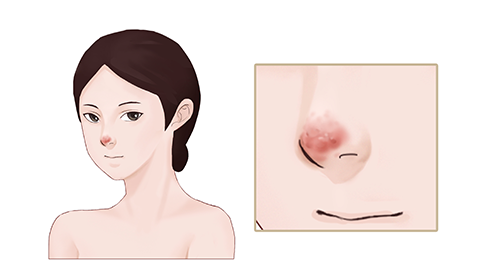What happens to the nose after undergoing Gore-Tex rhinoplasty as one ages?
Generally speaking, ePTFE rhinoplasty refers to the ePTFE rhinoplasty procedure. This surgery increases the height of the nose using expanded polytetrafluoroethylene (ePTFE) material. The general reference price for ePTFE rhinoplasty ranges from 5,000 to 50,000 yuan per session, with visible improvement typically occurring within 2-4 weeks. Possible side effects include swelling and bruising. As one ages, potential issues following ePTFE rhinoplasty may include changes in nasal shape, slight nasal displacement, altered nasal texture, visibility of the implant, and increased risk of infection. Detailed explanations are as follows:

1. Nasal Shape Changes
With aging, the skin naturally becomes loose and sags, including the skin on the nose. This may cause the previously augmented, well-defined nasal contour to lose its firmness and aesthetic appeal.
2. Slight Nasal Displacement
In older age, the supporting strength of nasal tissues weakens. Combined with daily physical activities, this may cause minor positional shifts of the ePTFE implant, although such displacement is usually not significant.
3. Altered Nasal Texture
As one ages, the texture of nasal tissues changes, and the integration between the ePTFE material and surrounding tissues may also change. This could cause the nasal texture to feel less naturally soft than in younger years.
4. Implant Visibility
With aging, the skin becomes thinner and loses elasticity, potentially failing to adequately conceal the ePTFE material. This may result in visibility of the implant edges or certain areas, affecting aesthetics.
5. Increased Risk of Infection
As the body's functions decline with age, so does immunity, weakening the nose's ability to resist bacteria. Once bacterial invasion occurs, the risk of implant infection increases, which may lead to localized redness, pain, and other discomforts.
In daily life, it's important to protect the nose from external impacts, and to undergo regular medical checkups, including nasal examinations, to detect and address any issues promptly.





